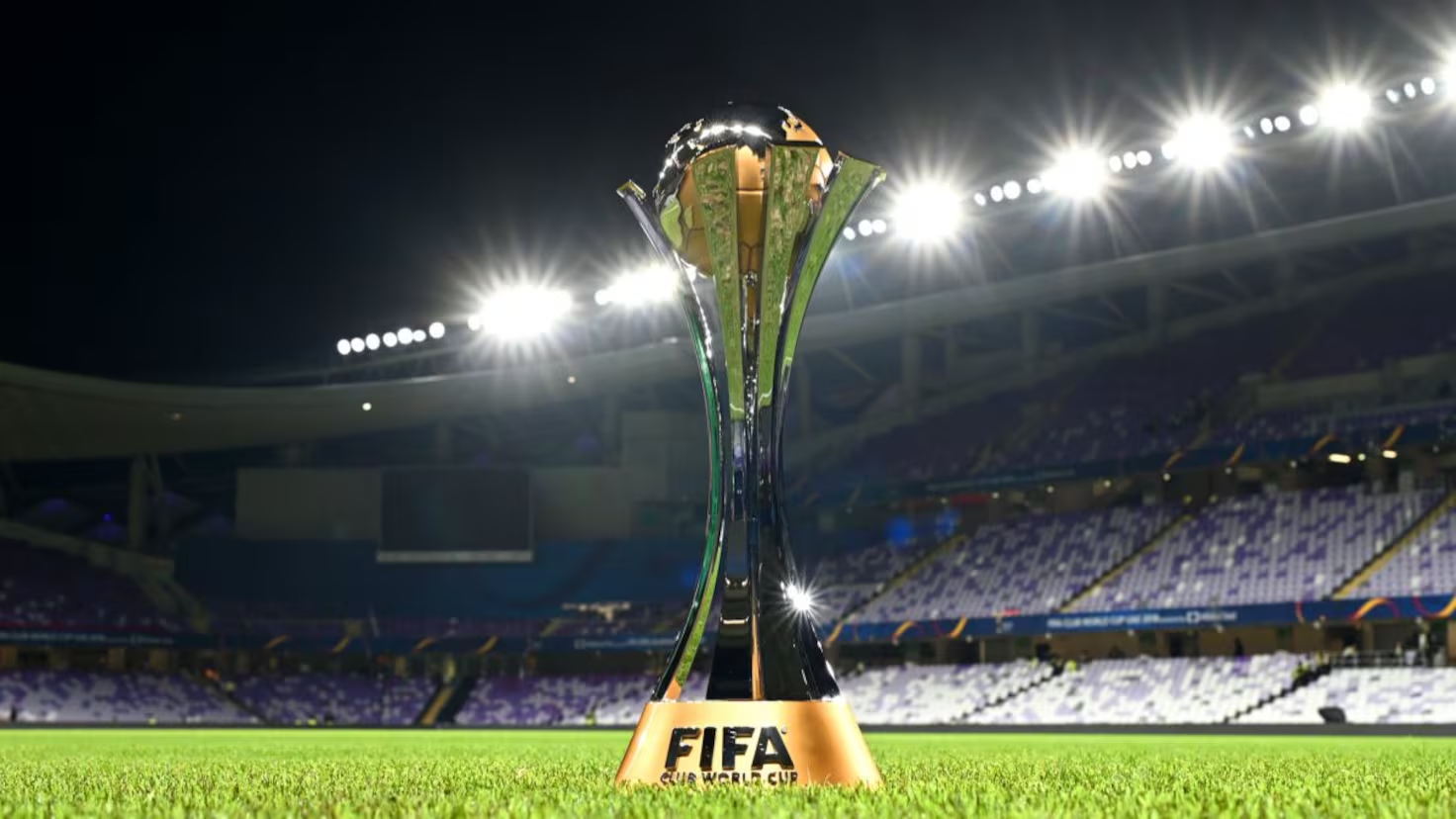Introduction
The FIFA Club World Cup is an annual international men’s association football competition organized by the Fédération Internationale de Football Association (FIFA). This tournament gathers the champion clubs from each of the six continental confederations, along with the champion club from the host nation, creating a prestigious platform for global football competition. The Club World Cup’s historical roots trace back to the Intercontinental Cup, which existed from 1960 to 2004 and featured the champions of Europe and South America. However, the Club World Cup, inaugurated in 2000 in its current format, expanded the scope of competition by including champions from Africa, Asia, North America, and Oceania, culminating in a seven-team lineup that continues to evolve.
Historical Background
The inception of the FIFA Club World Cup marked a significant evolution in international club football. The Intercontinental Cup served as the precursor, pitting the champions of Europe and South America against each other. The introduction of the Club World Cup expanded this concept, incorporating a diverse array of teams from different continents. This shift aimed to not only crown a world champion but also celebrate the diversity and richness of football on a global scale.
Format Changes Over the Years
Since its establishment, the tournament has undergone multiple format changes, reflecting the evolution of the competition and FIFA’s intent to enhance its appeal. One of the most notable changes occurred in 2021, expanding the tournament from a six-team format to the current seven-team competition. This change allowed for a broader representation of clubs and increased the number of matches, contributing to the overall competitiveness of the event.
Significance in Global Football
The FIFA Club World Cup plays a crucial role in determining the hierarchy of football clubs worldwide. It serves as an annual benchmark for club performance, with the winning team being recognized as the best club side globally until the next tournament. The prestige of the tournament has grown over the years, as clubs and fans alike aspire to achieve the title of world champion. Notably, European clubs, particularly those that excel in the UEFA Champions League, and South American clubs from the Copa Libertadores, have historically dominated the competition.
Competition Structure
The tournament features a straightforward knockout format, commencing with the first round involving the team representing the host nation and the team from Oceania. The winners proceed to the semi-finals, where they face the teams from the UEFA Champions League and Copa Libertadores. The final match determines the world champion, while the remaining teams play for the third-place position. This structure not only enhances competitiveness but also ensures that each match carries substantial weight in the overall outcome of the tournament.
Participating Teams
- UEFA Champions League Winner (Europe)
- Copa Libertadores Winner (South America)
- AFC Champions League Winner (Asia)
- CAF Champions League Winner (Africa)
- CONCACAF Champions League Winner (North America)
- OFC Champions League Winner (Oceania)
- Host Nation Champion
Ranking and Classification
FIFA does not maintain a continuous ranking system for club teams akin to the monthly FIFA World Rankings for national teams. Instead, the focus lies on the outcomes of individual tournaments and their champions. The performance of clubs in the Club World Cup contributes to their respect and visibility on the international stage. The champions of each continental confederation qualify for the tournament, and their results help shape their club’s international standing.
Performance and Historical Achievements
Historical data reveals that European and South American clubs have significantly impacted the FIFA Club World Cup. Clubs such as Real Madrid, FC Barcelona, Boca Juniors, and River Plate have consistently showcased their dominance in both continental and global competitions. Their historical achievements provide a benchmark for assessing the performance and stature of clubs on the international front.
Debate on Prestige
Within football discourse, there exists a debate regarding the relative prestige of the Club World Cup versus major continental competitions. Some purists argue for enhanced recognition of the Club World Cup’s significance, while others contend that tournaments like the UEFA Champions League and Copa Libertadores hold greater historical and competitive value. This ongoing discussion underscores the complex dynamics of international football and the diverse opinions surrounding it.
The Future of the Club World Cup
Looking ahead, the FIFA Club World Cup is likely to continue evolving in response to the dynamic landscape of global football. Potential modifications to its format and structure may occur as FIFA seeks to maintain the tournament’s relevance and appeal. As clubs from various continents compete for supremacy in this prestigious event, the Club World Cup remains a focal point for football enthusiasts, celebrating the universality and unifying nature of the sport.
Conclusion
The FIFA Club World Cup stands as a testament to the beauty of football, offering a stage where champions from diverse backgrounds converge to determine the best club in the world. As the tournament progresses and adapts, its historical significance and the narratives that unfold will continue to enrich the global football tapestry. Fans and analysts alike will watch closely as clubs vie for dominance in a competition that symbolizes the essence of international football.
